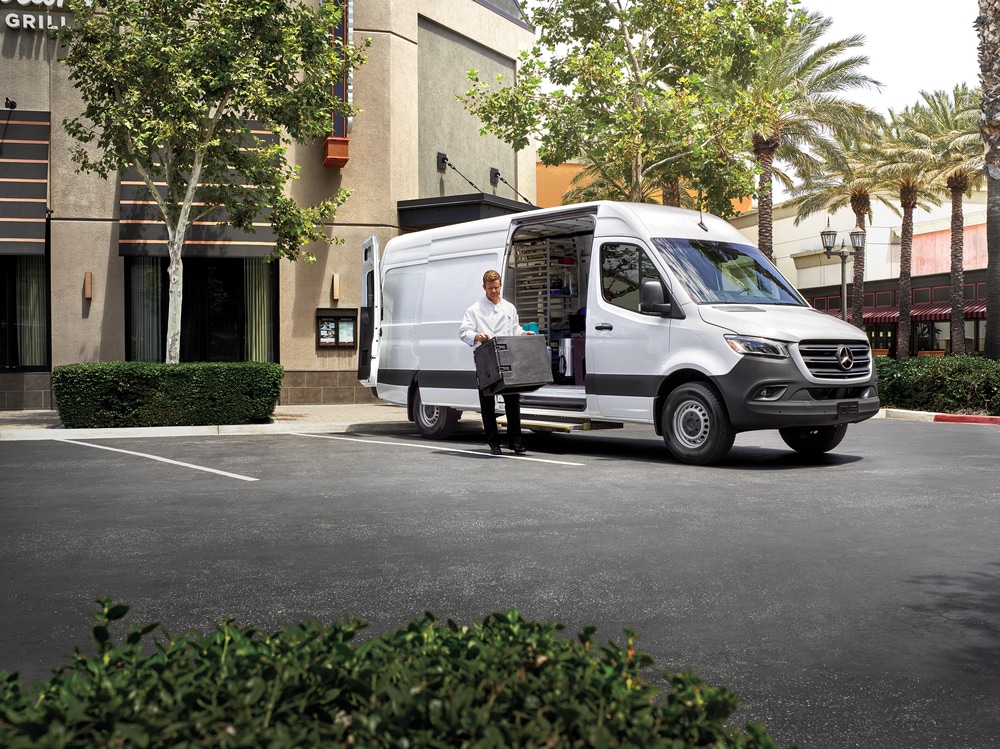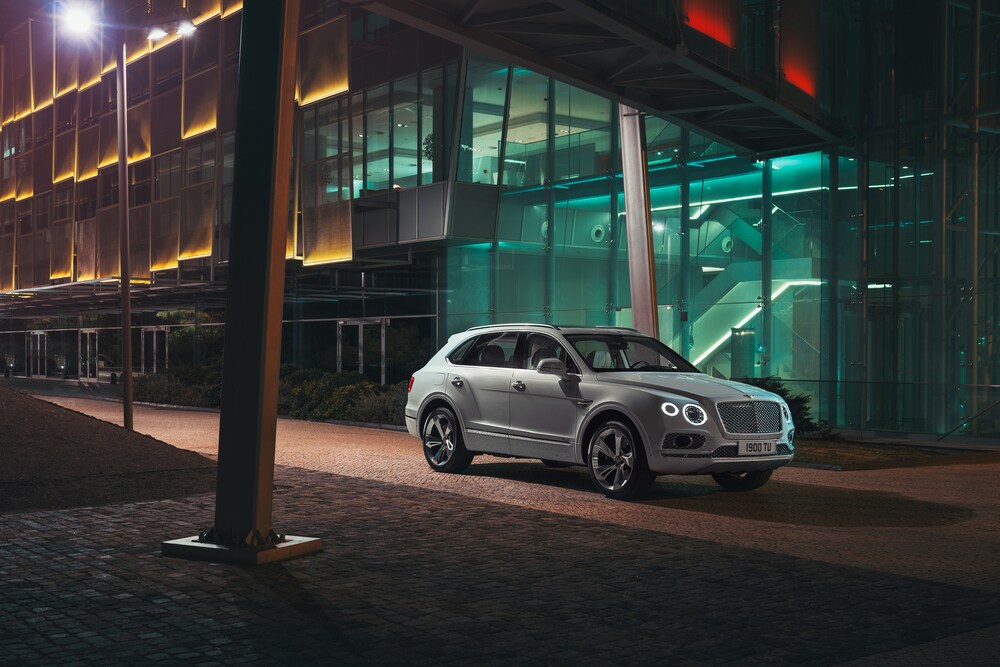Section 179 Tax Deduction
Section 179 is an attractive tax deduction for small and medium businesses. It's also very easy to understand and utilize.
Section 179 is an attractive tax deduction for small and medium businesses. It's also very easy to understand and utilize.
Contact your tax professional to see if you can take advantage of the Section 179 Benefits. The above is an overall, "birds-eye" view of the Section 179 Deduction for 2025. For more details on limits and qualifying equipment, as well as Section 179 Qualified Financing, please contact us.
Essentially, Section 179 of the IRS tax code allows businesses to deduct the full purchase price of qualifying equipment and/or software purchased or financed during the tax year. That means that if you buy (or lease) a piece of qualifying equipment, you can deduct the FULL PURCHASE PRICE from your gross income. It's an incentive created by the U.S. government to encourage businesses to buy equipment and invest in themselves.

Section 179 is one of the few government incentives available to small businesses, and has been included in many of the recent Stimulus Acts and Congressional Tax Bills. Although large businesses also benefit from Section 179 or Bonus Depreciation, the original target of this legislation was much needed tax relief for small businesses - and millions of small businesses are actually taking action and getting real benefits.
In years past, when your business bought qualifying equipment, it typically wrote it off a little at a time through depreciation. In other words, if your company spends $50,000 on a machine, it gets to write off (say) $10,000 a year for five years (these numbers are only meant to give you an example).
Now, while it's true that this is better than no write-off at all, most business owners would really prefer to write off the entire equipment purchase price for the year they buy it. And that's exactly what Section 179 does - it allows your business to write off the entire purchase price of qualifying equipment for the current tax year.
For most small businesses, the entire cost of qualifying equipment can be written-off on the tax return.
This deduction is available for both new and used equipment, as well as off-the-shelf software. To qualify, the equipment must be financed or purchased and placed into service within the applicable tax year. There is a maximum spending threshold on qualifying equipment, after which the deduction begins to phase out on a dollar-for-dollar basis. This structure is designed to benefit small and mid-sized businesses by limiting eligibility for larger-scale purchasers. Bonus Depreciation can be applied after the deduction threshold is reached. It is available for both new and used equipment and allows for additional immediate expense of qualifying assets.

All businesses that purchase, finance, and/or lease new or used business equipment during tax year 2025 should qualify for the Section 179 Deduction.
Most tangible goods used by American businesses, including "off-the-shelf" software and business-use vehicles, like the Mercedes-Benz Sprinter, (restrictions apply) qualify for the Section 179 Deduction.
Mercedes-Benz of Grapevine offers several SUVs over 6,000 pounds that may qualify for the Section 179 Tax Deduction. Contact us with any questions about vehicles available in our inventory and by special order. IRS Publication 946 mentions the maximum expense deduction for an SUV over 6,000 pounds as being $31,300 for 2025.*
*Disclaimer: Please consult with your tax advisor for more details on the possible tax deductibility.
The most important difference is both new and used equipment qualify for the Section 179 Deduction (as long as the used equipment is "new to you"), while Bonus Depreciation has only covered new equipment only until the most recent tax law passed. In a switch from recent years, the bonus depreciation now includes used equipment.
Bonus Depreciation is useful to very large businesses spending more than the Section 179 Spending Cap on new capital equipment. Also, businesses with a net loss are still qualified to deduct some of the cost of new equipment and carry-forward the loss.
When applying these provisions, Section 179 is generally taken first, followed by Bonus Depreciation - unless the business had no taxable profit, because the unprofitable business is allowed to carry the loss forward to future years.
Contact your tax professional to see if you can take advantage of the Section 179 Benefits. The equipment, vehicle(s), and/or software must be used for business purposes more than 50% of the time to qualify for the Section 179 Deduction. Simply multiply the cost of the equipment, vehicle(s), and/or software by the percentage of business-use to arrive at the monetary amount eligible for Section 179.